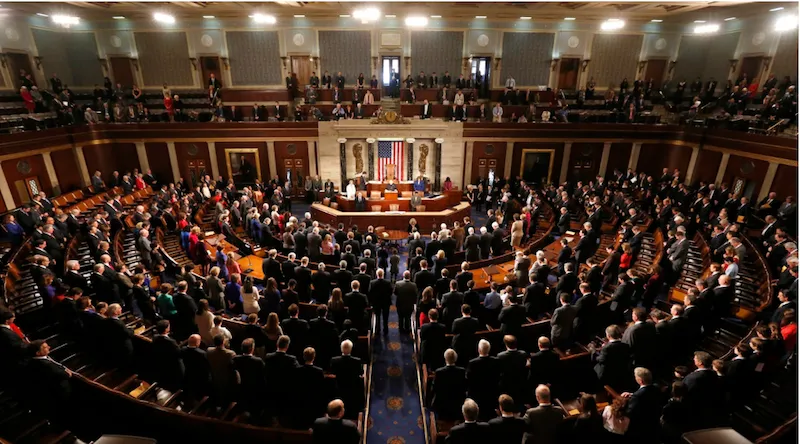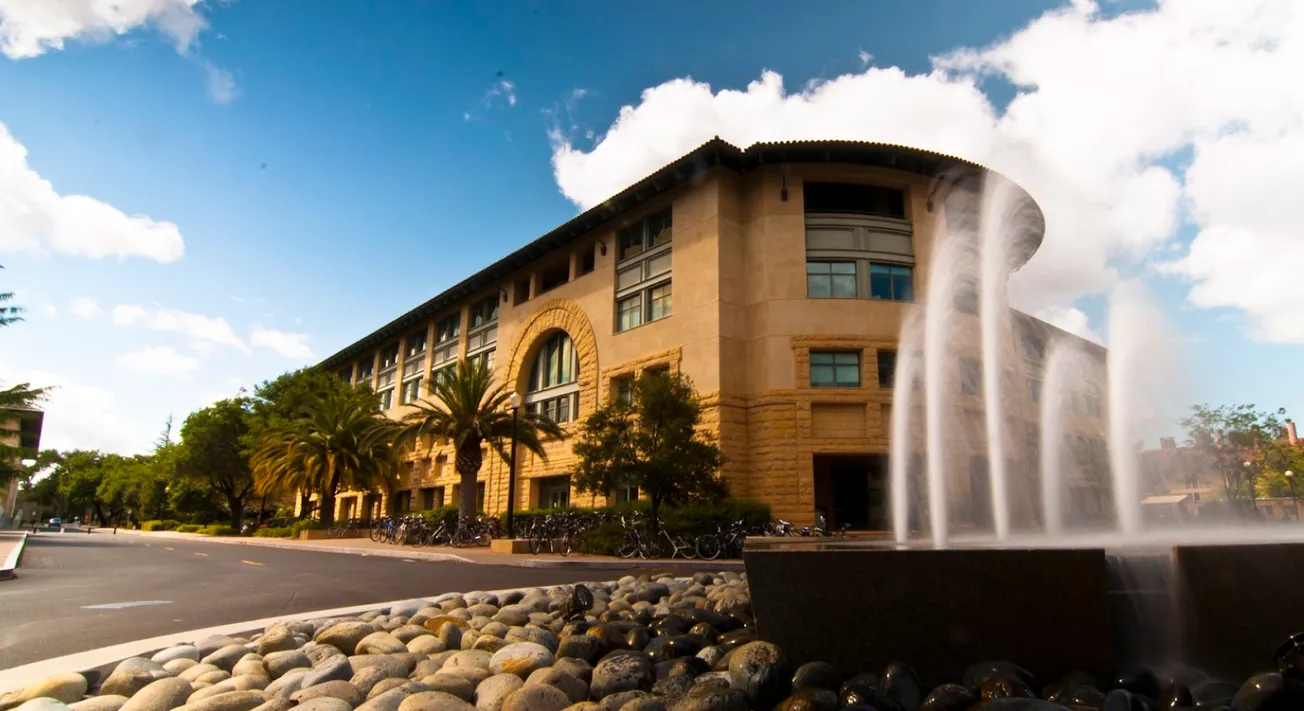Table of Contents
After the Presidential election cleaved the country in two, pitting Trump’s “poorly-educated” deplorables against Hillary’s college-educated elites, it was probably only a matter of time before Republicans went after their tribal opponents. To this end, both the House and the Senate have proposed tax plans that include a 1.4% tax on the investment income of college endowments. As colleges are nonprofit institutions, the money that their endowments accrue is currently entirely tax-free. The proposed tax would apply to the biggest and wealthiest institutions (including Stanford): only colleges with less than 500 students and/or less than $100,000 in assets per full time student would be exempt.
The Republicans have announced no serious rationale for this plan. With college campuses becoming increasingly liberal and the college-educated leaning more heavily Democratic than ever, it is a fairly transparent attempt to hit their opponents where it hurts. The justification that it treats colleges in line with private foundations, which currently face a 2% tax on investment income, rings hollow given that the proposed tax will only apply to about 140 institutions. The plan has faced backlash from liberals and conservatives alike and probably wouldn’t have been proposed at all if Senate rules didn’t prohibit legislation from increasing the national deficit by more than $1.5 trillion over the next decade.
But please, Congress, pass it anyway.
Most income is taxed in some form, whether it be salaries hit by income tax, business revenues that face corporate tax, or private investment earnings slugged by capital gains tax. By failing to tax Stanford’s endowment at all, the government is effectively handing us a large subsidy (in addition to the government funding we already receive). The government is implying that it is happy to tax working Americans more than it otherwise would in order to give Stanford students, and their endowment, a free ride. In light of the damage that elite colleges do to the world, there’s really no excusing this.
Damage? What damage? Economics 101 suggests that the government should tax goods or services with “negative externalities” (“demerit goods”), i.e. those products that incur a public cost in addition to a private one (the harm of secondhand smoke via cigarettes is the classic example). While Stanford likely does more good than harm, it is not unambiguously good. Start with the exclusionary elite that Stanford and its Ivy League brethren admit, create, and indeed thrive upon. Inequality is simultaneously Stanford’s sustenance and its unsightly spawn. The more exclusive elite colleges make themselves, the more prestigious their degrees, and the higher the returns on them — thus making American society more unequal. And the more unequal America is, i.e. the higher one has to climb and the further one has to fall, the more a Stanford degree — a chance to climb that ladder of wealth and professional fulfillment — is worth. We offer great professors and research opportunities, of course, but if benevolently educating society were Stanford’s primary aim it would drastically ramp up construction of new dorms and facilities and double acceptances. As it stands, Stanford accepts a minute fraction of the hopeful students who apply. Sure, Stanford provides a pathway into the elite for a lucky few disadvantaged students through financial aid, but for every student granted entry, thousands are denied, and for every disadvantaged student admitted there are dozens who were born into wealth and privilege in the first place.
What’s more, a degree from one of America’s top institutions enables graduates to coast on their colleges’ reputations, earning rents off the cachet that Stanford or Harvard’s names offer. For each Sergey Brin or Steve Ballmer that Stanford generates, it churns out dozens of complacent elites who find themselves in comfortable, lucrative careers that were all but guaranteed the moment they received their college acceptance letters.
But surely, at the very least, Stanford educates students, right? You’d be surprised. This is purely anecdotal, of course — it is impossible to objectively measure whether students have been “properly educated” — but I have had too many conversations with students, often in their junior or senior years, who complain that they haven’t really learned anything in their time at Stanford. When pressed, I’m sure, such students would be able to point to eye-opening classes or interesting conversations they have shared with peers. But since Stanford no longer offers a serious, Columbia-style core program, what students learn is almost entirely up to them. With a comically wide variance in the quality of classes, it is easy to go astray.
Still, still — Stanford is a wonderful place and does plenty of good, too. It produces groundbreaking research, administers brilliant classes, and provides a forum for serious personal and intellectual growth, which many a student (this writer included) can attest to. But does it do so much good that it deserves a free pass?
Marc Tessier-Lavigne had a sort of answer. He attacked the proposed tax by saying that it is “almost fully designed to raise revenue to offset tax reduction in other areas, rather than being grounded in sound policy rationales.” I agree with the first half of what the President said. The tax has indeed been imposed to offset other reductions due to the aforementioned Senate rules. But the second half is a false dichotomy — why can’t increasing one tax to allow for reduction of another be a sound policy? The bulk of what Republicans are attempting to pay for is a reduction in the corporate tax rate from 35% to 20% and a tax cut for (most of) the middle class. The existing academic literature on corporate tax rates is pretty unambiguous: a higher rate eats into worker wages and increases unemployment. To be against this plan is to be against redistributing wealth away from Stanford and towards working class America.
It also isn’t clear that the income from our endowment is necessarily linked to Stanford’s educative mission at all. Because the Stanford Management Company — the managers of our endowment — functionally run a tax-free hedge fund, they are able to pay their employees exorbitant salaries. The most recent data I could find, from 2014, said that John Powers, Stanford’s then fund leader, earned $3.6 million for his year’s work. A roundabout argument could be made that a higher salary for Stanford Management Company employees means better investors working there, which means a higher return, which means more money for education… In any case, the vast majority of the benefits from these higher salaries go not to Stanford students, but to the SMC employees receiving inflated pay packages.
If the proposed plan passes, Stanford can choose to cut spending from wherever it pleases to pay for it (or simply raise tuition). It would be a deep shame if the administration chose to cut spending on its financial aid program: the college expenditure that does the most demonstrable good for the world. There is plenty of administrative fat that Stanford could cut instead, and given that the tax would only be a small dent in Stanford’s vast endowment there’s little reason not to pass it. Ultimately, this tax asks us what our priorities are. Do we help workers who can only dream of sending their children to an institution like Stanford, or do we continue to subsidize ourselves? The Republicans have got it right — it’s time to tax Stanford.





